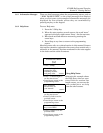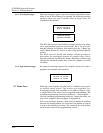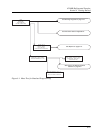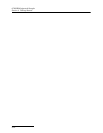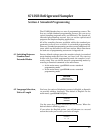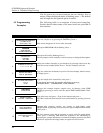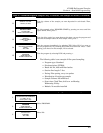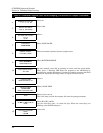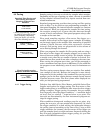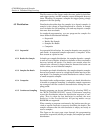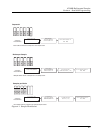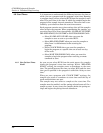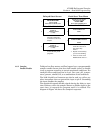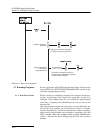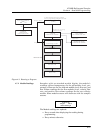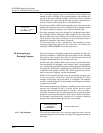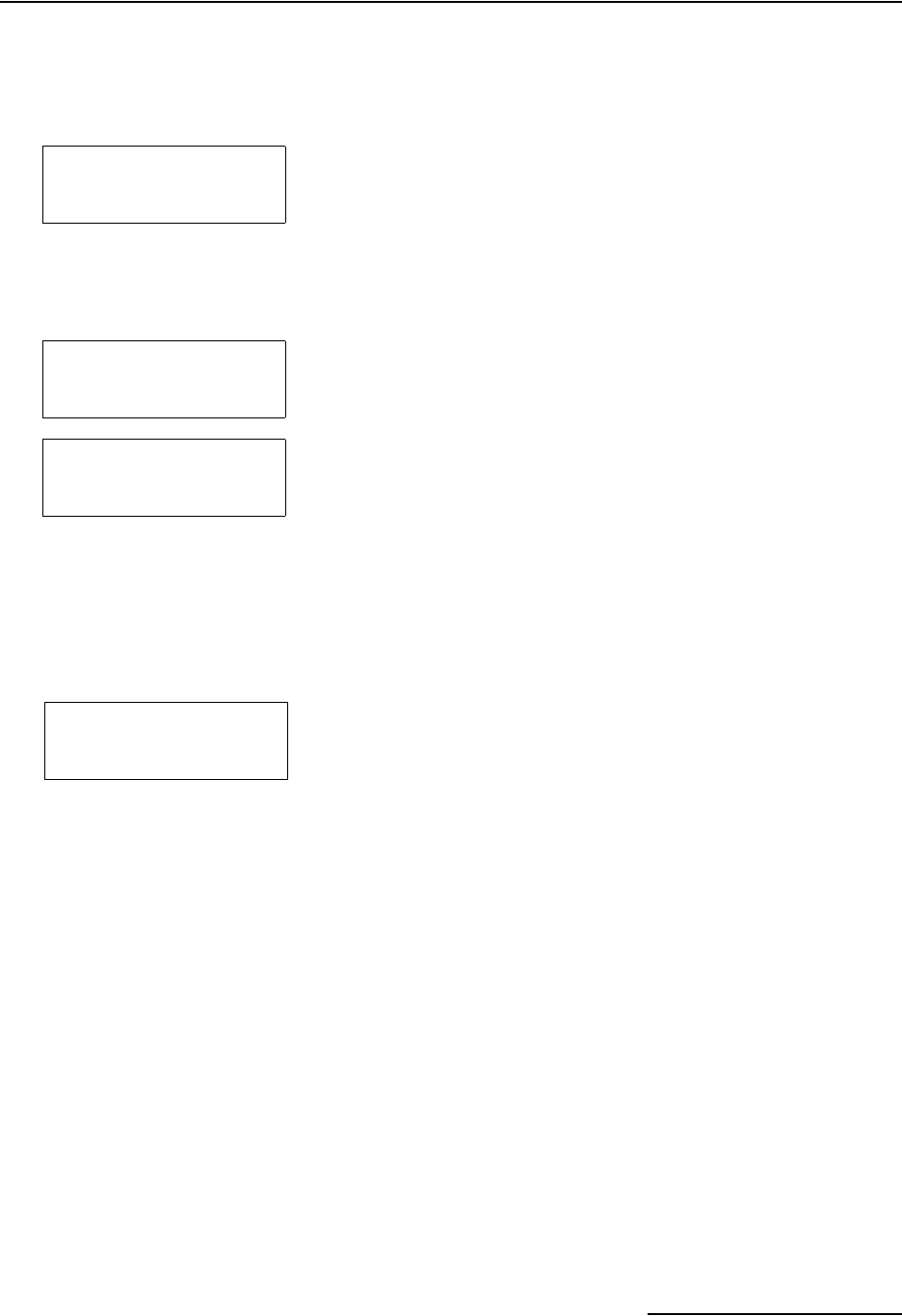
6712SR Refrigerated Sampler
Section 4 Standard Programming
4-5
4.4 Pacing Sample pacing is the rate at which the sampler takes samples.
Depending on the type of pacing you select, the rate is controlled
by the sampler’s internal clock or by inputs received from con-
nected instruments.
Standard programming provides time pacing and flow pacing
(refer to Step 7 in the previous two programming examples). In
time-paced sampling, the interval between samples is a constant
time interval. When you program the sampler for time pacing,
the sampler prompts you to enter the time between sample
events in hours and minutes. Time paced programs always take
a sample at the start time.
Flow paced sampling requires a flow meter, flow logger, or a
module. A flow meter or flow logger paces a sampler by sending
an electronic signal to the sampler after measuring a specified
volume of liquid. Because each pulse represents a volume
interval, flow pacing rates are proportional to the volume of
water flowing through the channel.
When you program the sampler for flow pacing and are using a
flow meter or flow logger, the sampler prompts you to enter the
interval between sample events in pulses. The sampler initiates
a sample event when the set number of pulses is received. Pro-
grams that are flow paced do not take a sample at the start time.
After setting the program start time, you will be prompted to
enter a maximum run time of zero to 999 hours. If you would like
the program to run indefinitely, enter 0 (zero) for maximum run
time.
The flow pacing screens change when you attach a flow module
(see example to the left). Because the sampler is more closely
integrated with the modules, the standard flow pacing screen
prompts you for the flow volume between sample events instead
of pulses between events. The flow volume units displayed are
what you had previously programmed.
4.4.1 Trigger Pacing Teledyne Isco 4200 Series Flow Meters and 4100 Series Flow
Loggers send pulses for trigger pacing. The flow meter or flow
logger sends pulses at two different time intervals when trigger
pacing a sampler. Trigger pacing, for example, lets you sample
less frequently when the trigger condition — a condition based
on level, flow, or rainfall — remains below a set point. The
intervals are determined by the flow instrument’s program set-
tings for trigger pacing.
When conditions change and readings pass the set point, trig-
gering the new rate, you can sample more frequently. Or, when
the trigger condition is a clock setting, the instrument changes
the pacing interval according to the time of day. Using a clock
trigger condition, for instance, the flow meter or flow logger can
pace the sampler slowly at night and more frequently during the
day. (For more information about trigger pacing, see your flow
meter or FLOWLINK manual.)
Standard Time Pacing and
Flow Pacing Screens for
Samplers without Flow
Modules
TIME PACED
FLOW PACED
• When programming, you will
be asked to select time or flow
paced sampling. Depending
upon your choice, you will see
one of the following screens:
TIME BETWEEN
SAMPLE EVENTS:
__ HOURS, __ MINUTES
FLOW BETWEEN
SAMPLE EVENTS:
____ PULSES (1-9999)
Flow Pacing Screen for
Samplers with Flow Modules
FLOW BETWEEN
SAMPLE EVENTS:
____ Mgal
(0.001 -99999)



